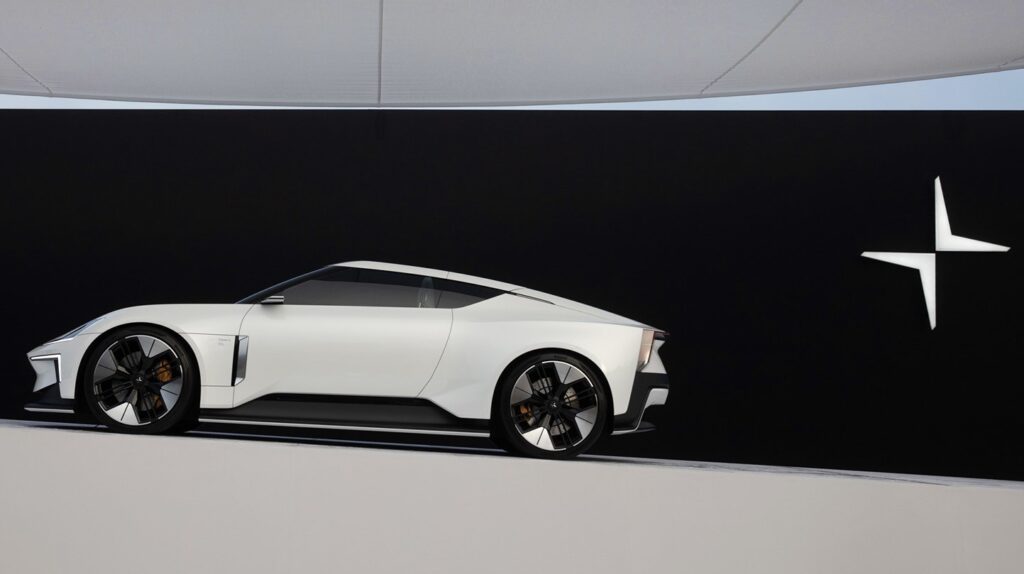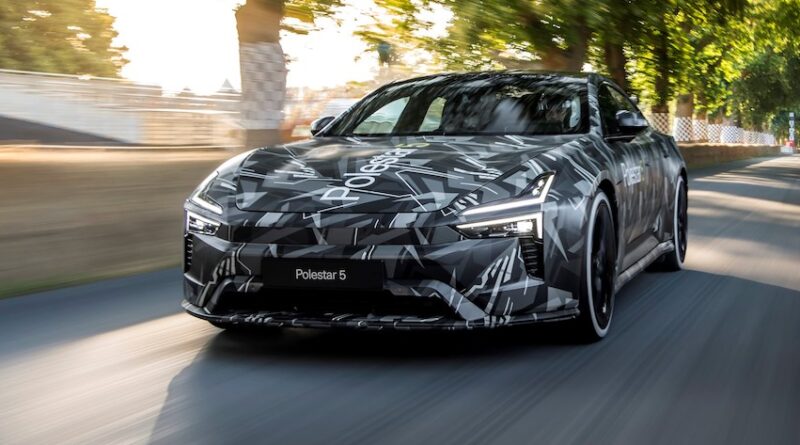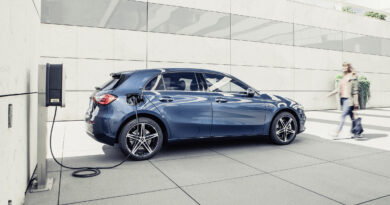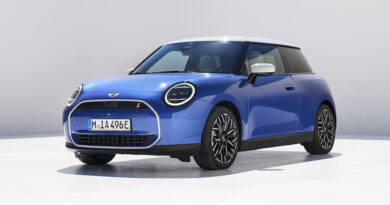Coming at you! Artificial Intelligence is disrupting electric car design – and Polestar is all-in
EV start-up Polestar is embracing artificial intelligence as it turns to computer design to help shape its future models.
The still-fresh Sino-Swedish EV brand nominates design as one of its three pillars – innovation and sustainability being the others – and it’s keen to pull every high-tech lever to bring cars to market sooner and stand out in an increasingly crowded and competitive electric car market.
Speaking at the international media launch of the new Polestar 3 and Polestar 4 – large and medium SUVs respectably – Polestar design chief Maximilian Missoni said the company was already using AI in its Swedish-based design studios.
READ MORE: Battery breakthrough! Polestar 5 shows off ultra-fast 370kW EV charging
READ MORE: 2024 Polestar 2 RWD: why the cheaper entry level beats the dual motor AWD
READ MORE: Hurry up MG Cyberster and Tesla Roadster! New Polestar 6 electric drop-top a sell-out success
“AI will be playing a bigger role everywhere,” said Missoni, adding that it was helping shorten development times and give designers more iterations of a design theme.

“The guys are using it to enhance their sketches. There’s software that you can put a sketch in that it colours it and gives it variations. You can give it a colour theme or a photo that you like or a theme or atmosphere you like.”
He admitted there was some apprehension internally about turning to computers to do jobs formerly reserved for skilled designers.
“The team is a bit reluctant to do that – I think they feel that is not an original idea, and I get that,” he said. “It changes the value of the idea when you know it’s been created by a generated algorithm.”
However, Missoni said humans still played a critical role in the design of the vehicle, at the very least to ensure it met engineering and regulatory requirements but also to set the overall styling theme.
“[AI] gives you options, but you still have to decide yourself,” said Missoni. “You can’t replace the decision maker. I really want my designers to take a lot of decisions themselves.”
And he said the human input and selections into the AI programs was a key component that couldn’t be overlooked and leant on the skills of designers.
“It’s very different outcomes as to who does it,” he said of what was inputted to the AI.
“Different designers have a very different outcome using the same tools.”

One of the key advantages of AI was in being able to shorten design times and take laborious tasks from designers, in turn freeing them up to work on other elements throughout the design process.
Shortening vehicle lead times is becoming increasingly important as pressure ramps up for fresh tech and new models, especially in an era where Chinese car brands – many of them start-ups – are pushing to carve themselves a slice of the EV pie.
“Technology in electrification is moving so fast that you need to bring out models quicker,” he said, pointing out that multi-year development cycles were now being shortened to less than three years in some instances.
However, Missoni said there were some parts of the development process that couldn’t be sped up. One of those is testing and verification.
“Validation, testing … you really shouldn’t take any shortcuts.”




